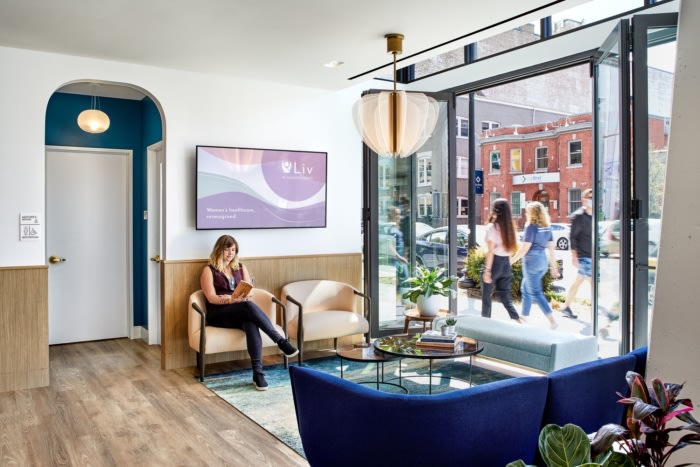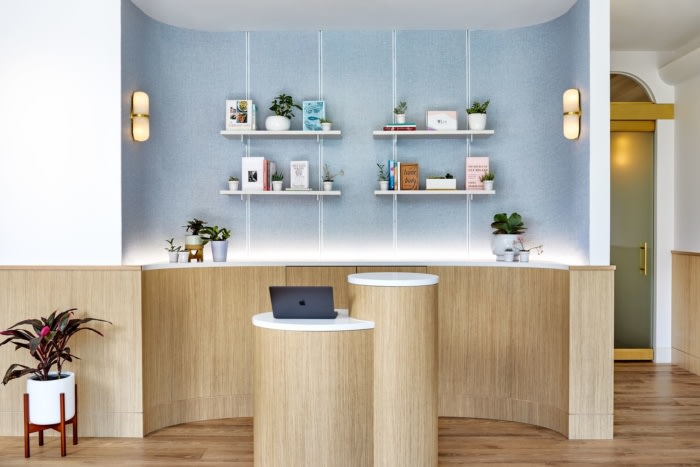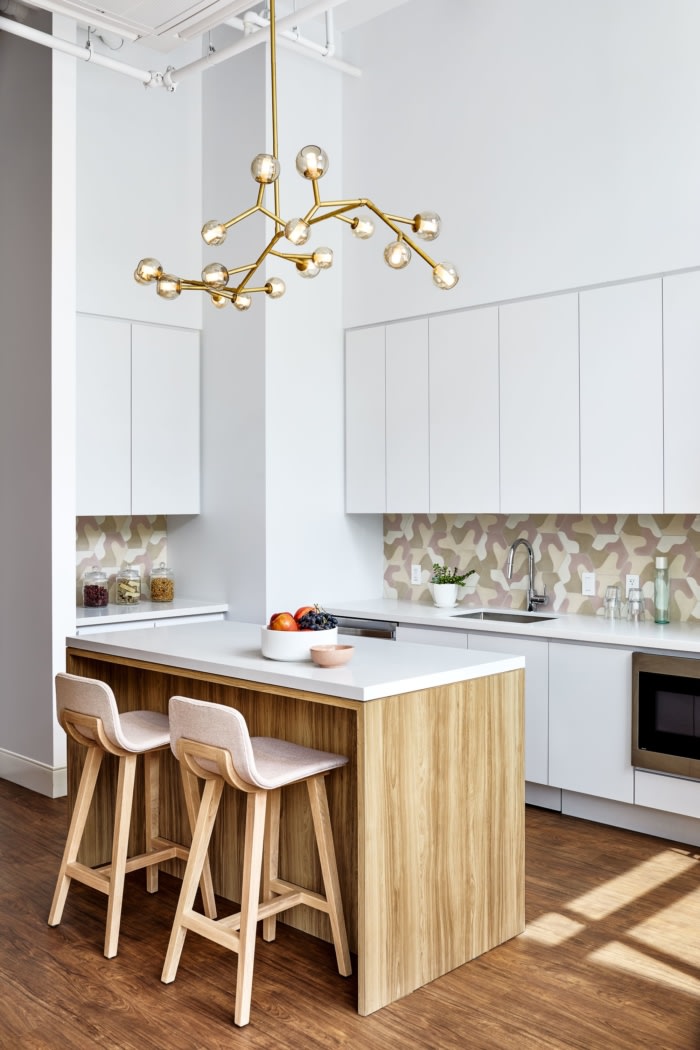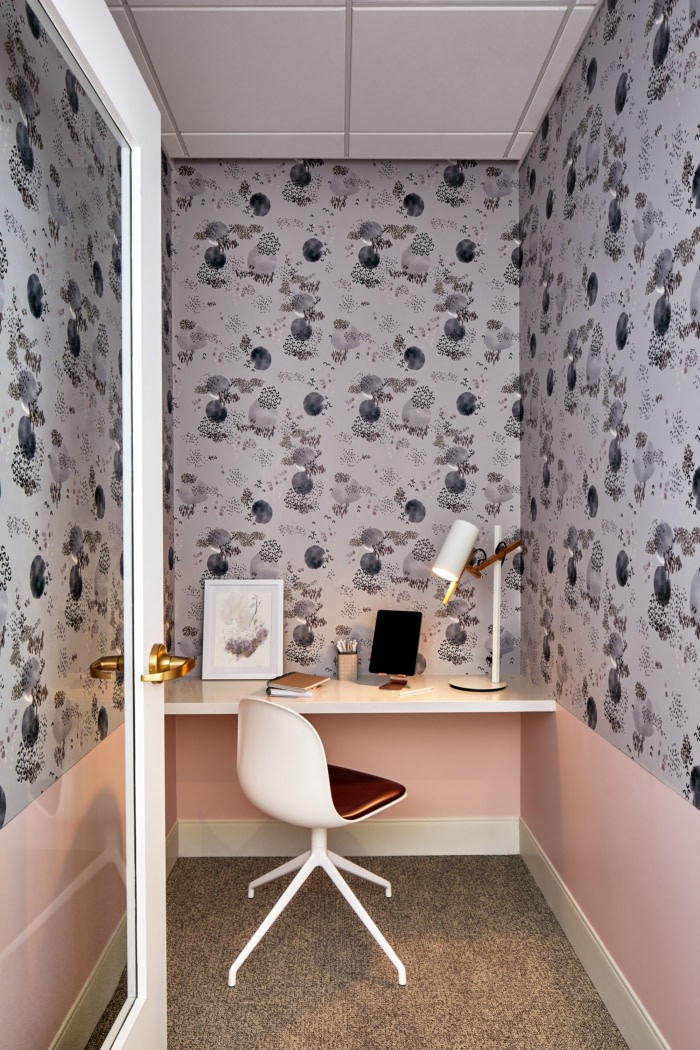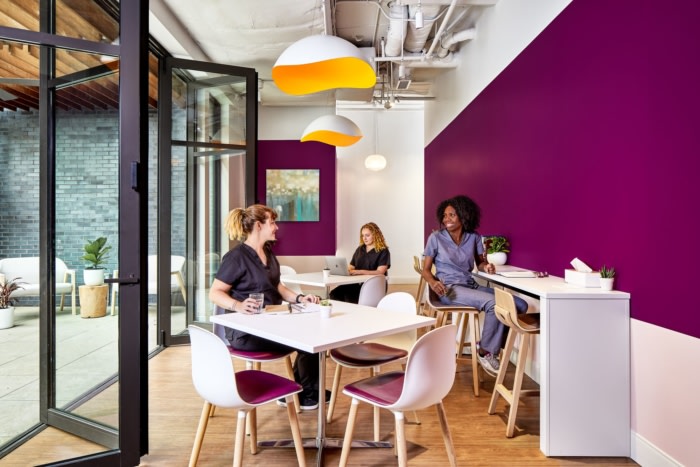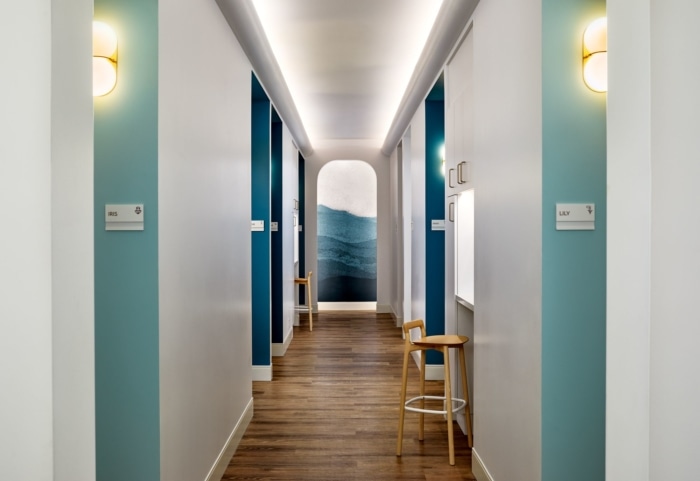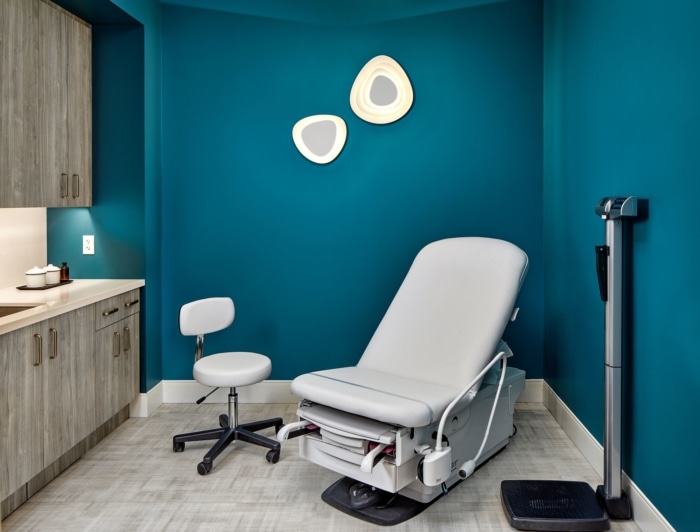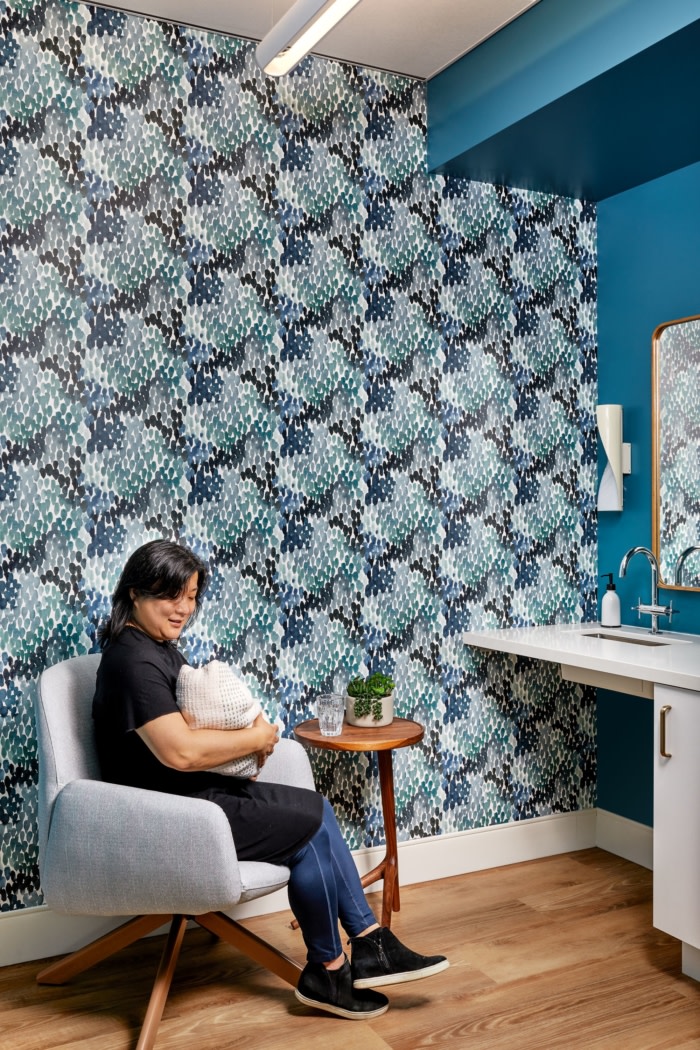Liv by Advantia Health
Alda Ly Architecture has completed the inaugural location of Liv by Advantia Health, a comprehensive women’s health practice located in downtown Washington DC.
Designed by the all-female architecture studio, Liv is a caring, comforting environment that cultivates community and empowers women to make educated health choices. Areas for patients and staff are approached with the same level of attention and thoughtfulness, driven by the goal of making all women who enter the building feel at ease and supported.
Liv is ALA’s first wellness project dealing with core care areas—primary care and women’s health—and their first focused expressly on women’s care. The New York-based architecture studio’s other clients in the health space have included Parsley Health and Alto Pharmacy.
Liv specifically sought out ALA, citing the firm’s all-female team and experience creating innovative, compassionate healthcare spaces.
Three central concepts—comfort, community, and choice—inform all aspects of ALA’s design for the Liv flagship, which includes waiting areas for patients; staff areas that accommodate both individualized work and socialization; and exam rooms for primary care, gynecology, obstetrics, mental health, and more. The environment ALA has created is both a community hub for building connections between women and an intimate refuge for individual wellness, where shifts in layout, color, and material palette indicate these different programs.
The waiting area connects Liv to its surroundings—D.C.’s vibrant U-Street Corridor neighborhood, which affords accessibility by foot, car, and metro. ALA conceived this communal entryway as a living room for the neighborhood. Instead of endless rows of armchairs found in many waiting rooms, a variety of seating types respond to the varied needs of patients. On one side, the “active waiting area” includes communal, open seating for working or socialization, encouraging members to spend time at the space. On the other, the “restful waiting area” offers quiet, individual seating for those who need more privacy or may be dealing with difficult news.
Additionally, all furniture can be rearranged to facilitate events for members and the community in the waiting area—a nod to Liv’s goal of supporting its community of women beyond traditional care models—and open pathways between seating areas encourage seamless, intuitive movement from one program to the next. A “Mother’s Room” also extends off of the waiting area, making a private nursing, pumping, or changing room easily accessible to members and women in the community, as do several telemedicine phone booths for privacy and care on-the-go.
The waiting area establishes numerous design strategies that extend across the Liv space. Broadly, biophilic principles, Liv’s graphic identity, and inspiration from artworks by female artists like Ines Longevial, Laura Berger, and Lilian Thomas Burwell drive the color and material palette. More specifically, a softer palette of blush, lilac, tan, blond woods, and white and brass pendant lighting is applied to conversational, active areas. On the other hand, moodier, saturated tones like terracottas, mauves, and teals shroud more restful, intimate areas. Across both communal and restful areas, biophilic principles inform furniture and millwork that have curvaceous, organic edges and plush, enveloping surfaces meant to encourage rest and relaxation.
Connecting the waiting area to the exam rooms, the grand corridor makes a patient’s journey through the clinic even more intuitive.
East and west sides of the corridor are color coded in mauve and teal gradients; each room threshold is marked by a different color for easy identification; and all hallways end with a glowing arched niche encased in a Calico Wallpaper mural that acts as a guiding focal point and anchor. Sconces by SkLO in soft, hand-blown shapes reminiscent of women’s breasts provide rhythm and enhance wayfinding along the corridor.
The color scheme of the exam rooms follows the teal and mauve gradients in the hallway. While some rooms are lighter and airier and others are darker and more intimate, a vibrancy atypical of traditional exam rooms fills all of them. Uniquely, ALA also applied architectural details and hardware to exam rooms to individualize the patient experience. A dedicated nook for the patient includes a vanity, small closet for personal items, and small seating area for a partner or post-visit discussion.
Design: Alda Ly Architecture
Design Team: Alda Ly, Marissa Feddema, Tania Chau, Kolby Forbes
Contractor: Peris Construction
Photography: Stacy Zarin Goldberg



